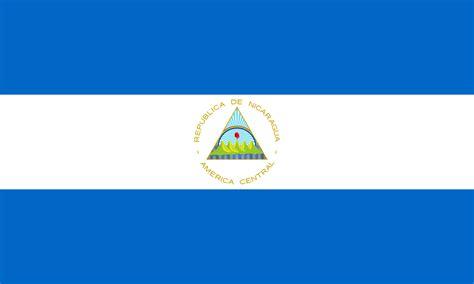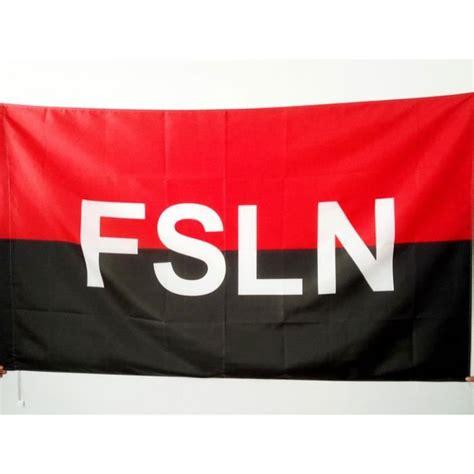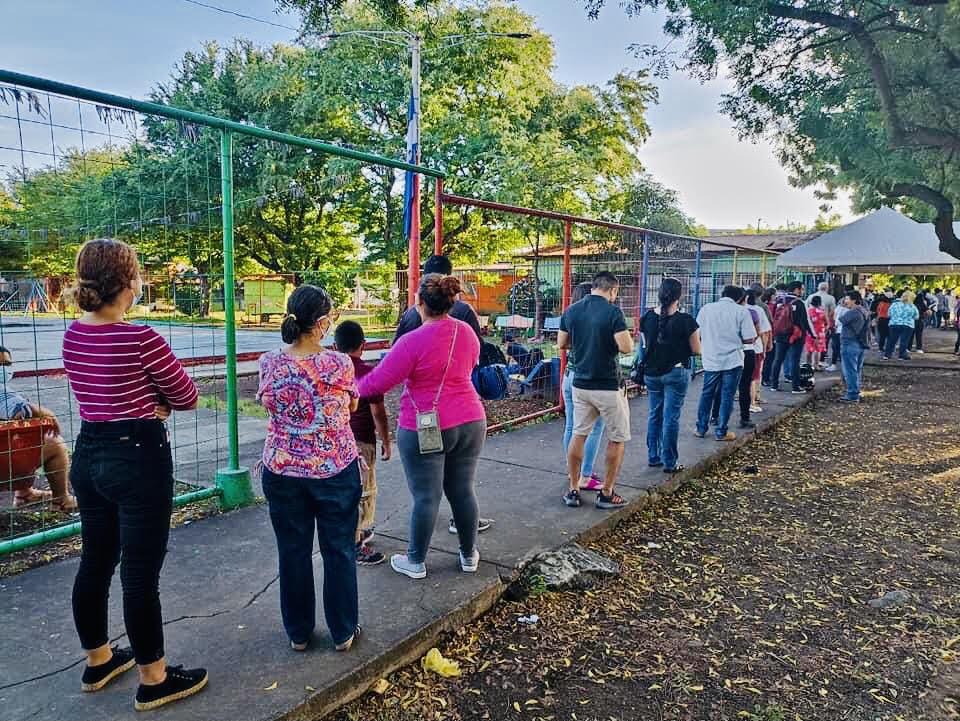A new study shows the impact the warmer climate will have on cultivating coffee, avocados and cashews, and on the farmers doing so. Of the three crops, coffee will be hit hardest by warming: The study model foresees an overall decline by 2050 in the number of regions where it could grow. For cashews and avocados, results were more complicated. Certain growing regions would experience declines in those crops while others, such as the southern United States, would likely find more land better suited to tropical food crops like cashews and avocados. By predicting decades in advance how agriculture will change, scientists can help farmers know what to expect, and can advise policy makers on how to encourage farmers to use more efficient growing methods like cover crops to prevent erosion or planting new crops when needed.
- Home
- About Us
- Issues
- Countries
- Rapid Response Network
- Young Adults
- Get Involved
- Calendar
- Donate
- Blog




